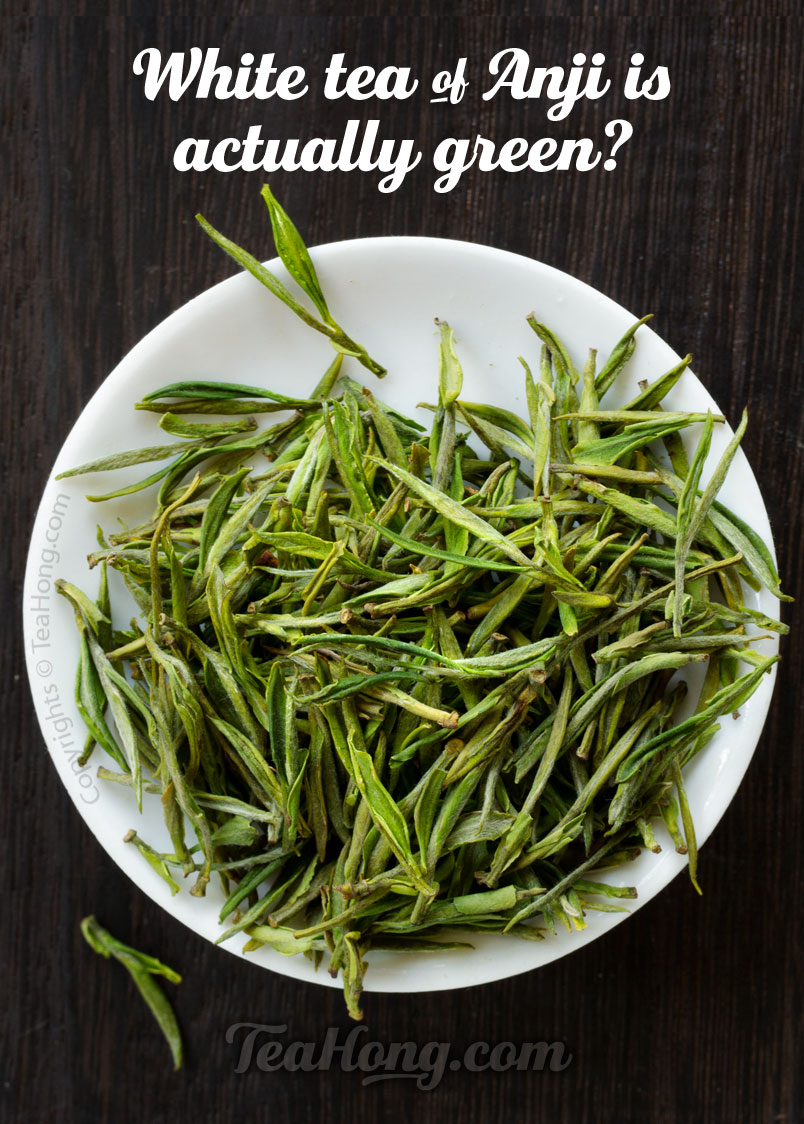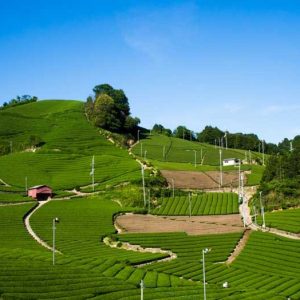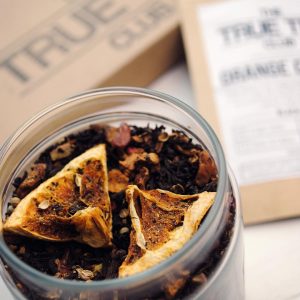Yixing Teapots, An Introduction

The popularly seen caldron with the domed lid is an all time classic because of the all round infusion capability it has. This is a great style for green, black, fine leaf puers, and beaded oolongs, such as Tieguanyins.
Well-considered ergonomics, superb spout flow, and precise crafting are basic in ALL acceptable quality Yixing pots. The neck of the lid fits perfectly into the collar of the body. The lips of both are so flatly against each other that there is a vacuum pull when you try to open the lid. Leveling of the collar of the pot is instrumental in gongfu tea infusion when water is filled to the rim, and the underside of the lid neck is used to scrap the surface of water before covering the pot for tightness.
The Yixing teapot to tea making is equivalent to, if not more critical than, the oak barrel is to wine making.
A utilitarian view
Properly used, a Yixing pot can bring out the maximum potential of a tea like no other teaware can. An authentic Yixing teapot, therefore, is not just a craft object, but also an essential tea tool.
The material and the efficiency of the shape are two deciding factors for the utilitarian values of the Yixing pot.
The material
The world has yet to discover a material capable of maximizing infusion effects like the clay mined from Yixing. Whether the clay is genuine and how it is process-refined are crucial factors for deliberation. Different styles and techniques in clay refinement, manipulation and firing result in Yixing clay of various colours and finishes, and more importantly, physical structure (such as density and pores character), making it possible to render different infusion results to satisfy different requirements. Yixing clay is a big subject in itself and in its relationship with various teas; we shall talk about this in another article.
The shape
How the hot water circulate by way of convection within the teapot is a major factor for the usability of the teapot. It is decisive in the taste coherence and texture character of the result. Heat loss, the rate of which also plays a role in the result, is also affected by the shape. The shape of the teapot is therefore related closely to how one conducts tea making and the choice of tea variety. Additionally, there is the very personal ergonomic requirements.

Strainer holes pierced through the wall of the pot body rather than placing an additional ready-made one. This is not only aesthetically more pleasing, but also maintains the shape integrity of the interior for efficient water convection.
Before we discuss in better depth on the selection of Yixing pot in another article, if you need some advice in deciding a shape to buy, there is always the classic caldron shape that is an all ‘round’ solution for most infusion conditions.
One pot one tea variety
Because of the micropores of the material, which gives Yixing clay its “breathing” property and potential to render fine infusion, taste matters of tea also very gradually build up into the pot. This is good and bad for the user. The good part is that with repeated use, the infusion itself actually improves. The bad part is that you cannot use the same pot for a different variety of tea to avoid conflicting taste substances from different tea blending together. For example, a green style tieguanyin cannot be steeped in a pot that has been used to make golden tip puer, or even a bouquet style Phoenix oolong. If you ever made such mistakes, re-prime the pot all over again, but boil it with water two times in the cleaning step instead of once. (read the paragraph below for cleaning)
First Cleaning
After you got your Yixing pot, give it a quick rinse in clean water and then completely submerge it in clean water to soak overnight. ABSOLUTELY no cleaning agents of any nature.
Rinse the pot again and submerge it in a fresh batch of clean water in a deep pan on the stove. Bring the water to a boil, reduce fire and let boil for 5 minutes. Drain. Rinse the pot in fresh water once. The pot is now ready for priming.

The Yixing pot is submerged in the outer pot of tea, made with the kind of tea leaves this Yixing teapot will be used for.
Priming
Submerge the pot in fresh water in the pan and put over the stove again. Turn off the fire after it comes to a boil. Put the kind of tea that you want to use with this pot into the pan of hot water and cover, as if you were making a pan of tea, with the teapot in it. Let steep for over night.
Drain and rinse the pot in fresh water once and let air dry, lid open. Your pot is primed and ready for your first pot of tea.
Seasoning
The pot is seasoned with every use.
Daily cleaning
Maintenance of the pot is easy. Empty the leaves after each use and give it a swirl of hot water, drain and then let it air dry with the lid open. Again because of its micropores, do not ever use any detergent or soap or any other substances other than water to clean the pot. For the same reason, do not let the pot come into contact with other strong smell, such as cooking fume, cigarette smoke, perfume, etc.
You can make tea with the Yixing pot as you would a regular teapot, or if you are interested, learn about gongfu infusion technique with the Yixing pot. We’ll discuss more about Yixing pots in future articles.











I am very interested in xiying ceramics. Particularly tea pots, that is how I found your sight through YouTube. I look forward to a discussion about the clay and firing technique. I am making ceramics from clay I have found and really appreciate clay cookware in various cultures. Thank you for your very informative sight. Happy New Year.
@Jim, you are most welcome.